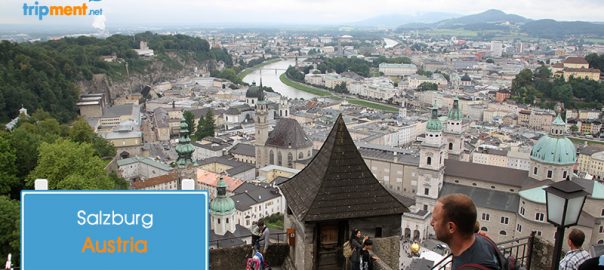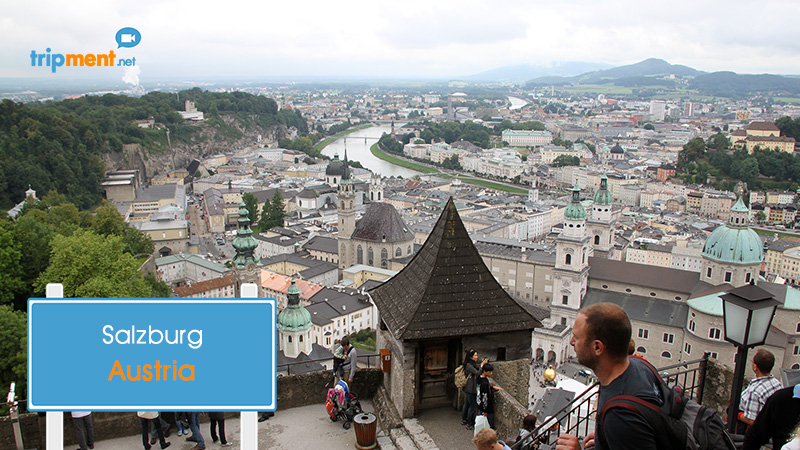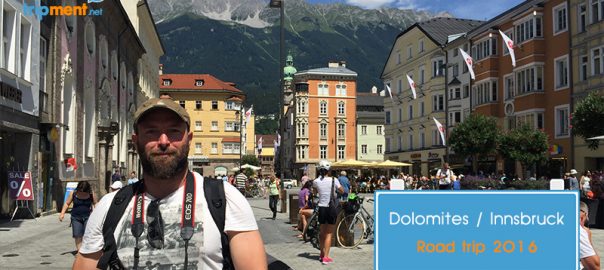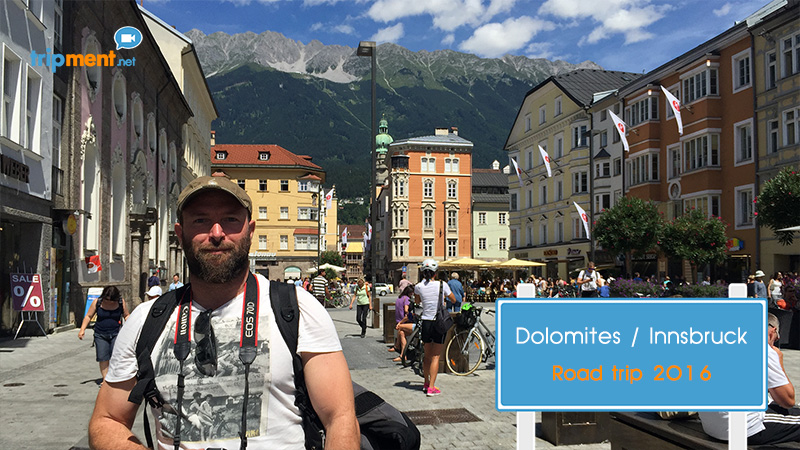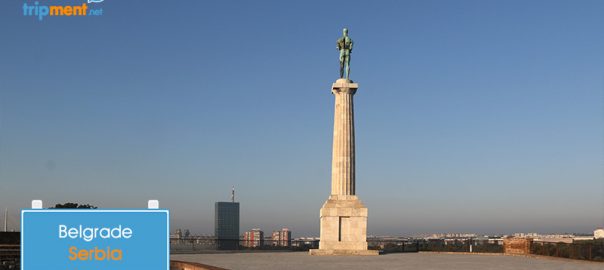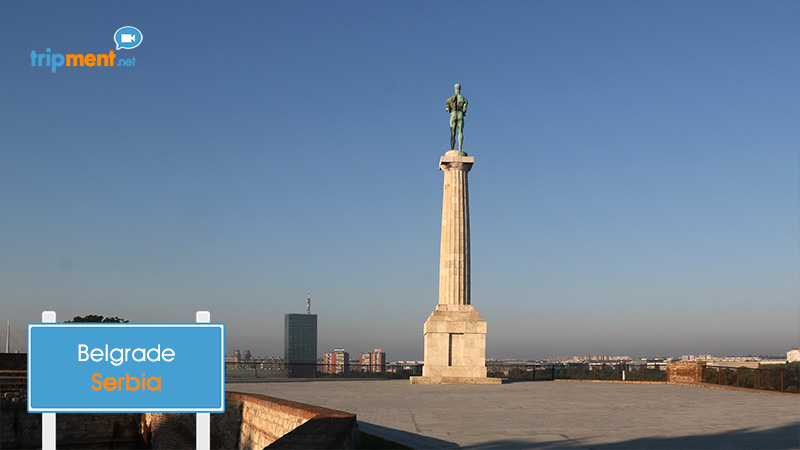![]()
Stavanger is the third largest city in Norway with a population of 228,000. It is known as the “The Oil Capital of Norway” and was one of the fastest developing cities in the country during the second half of the 20th century. Apart from the discovery of oil in 1969, an important role in the establishment of Stavanger as a large center of commerce was the development of the herring trade.
The center of Stavanger is located around the harbor, from which point begin many beautiful streets leading to the old town and is definitely worth walking around. The city is very lively, especially during the summer, and when cruise ships approach the port it gets really crowded.
![]()
- Lake Breiavatnet
It is a small lake south of the harbor. At the north part of the lake stands the Cathedral of Stavanger, which was built in the year 1150. - Valberg tower
It’s at the top of the hill, behind the colorful buildings of the harbor. From there you can take a few pictures of the city from above. Valberg originally served as a watchtower, and when it was built in 1853, it was the tallest structure in the city. Tickets to enter cost 20 Norwegian kroner, about 2.30€ and is open to the public Monday through Saturday. - Norwegian Petroleum Museum
Its exhibits explain how oil and gas are created, discovered and produced, and what they are used for. The museum also provides information about technological advances and the way petroleum influences Norwegian society. (www.norskolje.museum.no). - Canning Museum
An authentic factory which produced brisling and fish balls from 1890 up to 1960. There you can see the production process and the working environment. - Other museums
In this site you can find all other museums that you can visit in Stavanger museumstavanger.no. - Mini cruise in Lysefjord
Although it is quite a large fjord, reaching a length of 42km, it is the least populated fjord in the country because of its wild landscape and terrain. Throughout its length, except from Forsand at the entrance and Lysebotn, located across from it, there aren’t any another villages. Only a few scattered houses which residents can only access by sea. This is because the slopes are so steep that a road can’t be built. - Hiking in Pulpit Rock
Pulpit Rock is a small plateau of 625 square meters and lies 604 meters above sea level. It boasts a magnificent view and is located about 6.5miles from the entrance of the fjord. It is one of the most photographed locations in the country, which is why it is often the first image that comes to mind when one thinks of Norway. It is the most famous natural attraction, visited by thousands of hikers each year. The distance to it from the parking area is about 6km and takes about two hours of walking on an easy trail with plenty of signs directing you to it. Lysefjord, in this part, has a depth of 400m, meaning that the total height of the rock exceeds 1000 meters.
